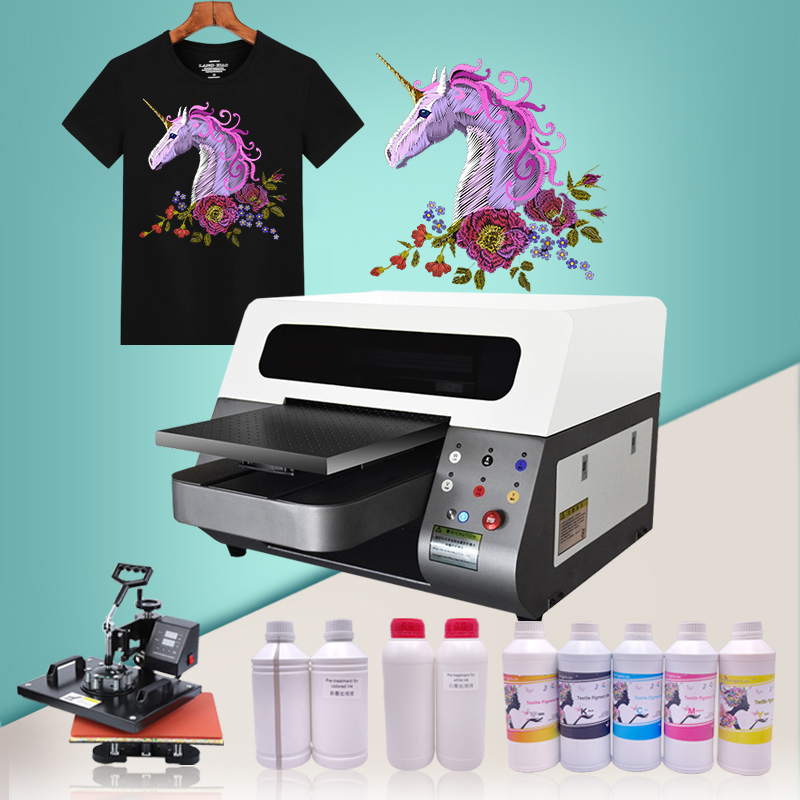Direct-to-Garment (DTG) Printing: Revolutionizing Custom Apparel
Direct-to-Garment (DTG) Printing: Revolutionizing Custom Apparel
In recent years, the apparel industry has witnessed a significant shift towards personalized and on-demand printing solutions. One technology at the forefront of this revolution is Direct-to-Garment (DTG) printing. DTG printers have emerged as game-changers, offering unparalleled flexibility and quality in producing custom-designed garments.

What is DTG Printing?
DTG printing involves using specialized inkjet technology to print vibrant and detailed designs directly onto fabrics such as cotton, polyester, and blends. Unlike traditional methods like screen printing, DTG does not require separate screens for each color, making it ideal for small batches and intricate designs. This capability has opened up new possibilities for designers, entrepreneurs, and consumers alike.
Key Advantages of DTG Printing:
Versatility: DTG printers can handle a wide range of designs, from complex graphics to photorealistic images, with exceptional clarity and detail.
Customization: With DTG, each garment can be personalized without the need for setup costs or minimum order quantities, catering perfectly to the growing demand for unique, one-off pieces.
Speed and Efficiency: The rapid printing process of DTG allows for quick turnaround times, enabling businesses to fulfill orders promptly and meet tight deadlines.
Sustainability: DTG printing is inherently more environmentally friendly than traditional methods due to reduced ink wastage and energy consumption.
Market Trends and Innovations:
The DTG printing industry continues to evolve with advancements in printer technology and ink formulations. Manufacturers are focusing on enhancing print speeds, expanding color gamuts, and improving wash durability of prints. Moreover, there is a rising trend towards integrating DTG printers with automated systems for seamless production workflows.
Challenges and Considerations:
Despite its numerous advantages, DTG printing faces challenges such as higher initial costs compared to traditional methods and limitations in printing on certain fabrics. Moreover, ensuring consistent print quality and durability remains crucial for widespread adoption across the industry.
Future Outlook:
As consumer preferences lean towards personalized products and sustainable practices, DTG printing is poised for further growth. Innovations in printer technology and materials are expected to drive down costs and expand application possibilities, solidifying DTG's position as a cornerstone of the custom apparel market.
In conclusion, DTG printing represents a transformative force in the apparel industry, empowering businesses to deliver personalized, high-quality garments at scale. As technology continues to advance, DTG printers will undoubtedly play a pivotal role in shaping the future of fashion and customization.
For more information and updates on DTG printing technology and industry trends, stay tuned to leading industry publications and trade shows.
